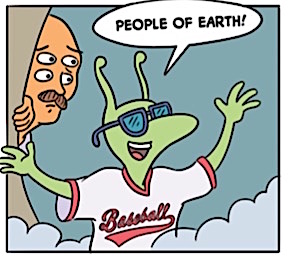
It’s No Joke: The Fed’s Comic Book is Wrong
The educational comic book from the New York Fed means well but perpetuates the myth that money was created in the private sector to facilitate barter and enabled commerce to flourish. History shows otherwise.


